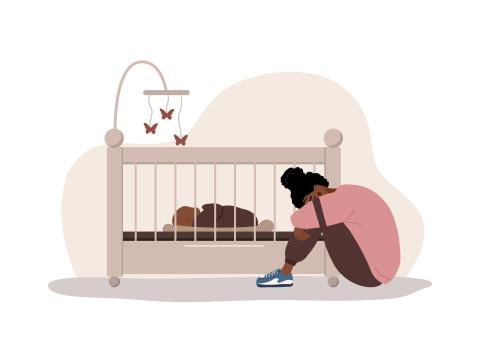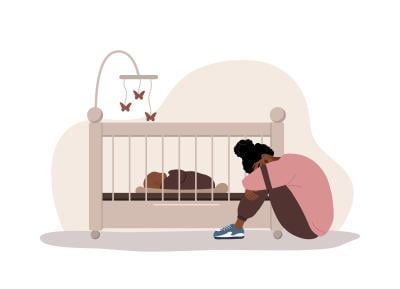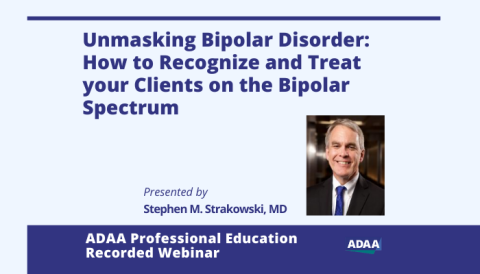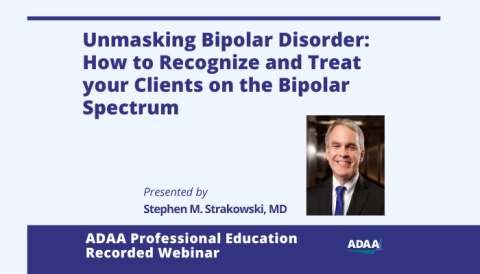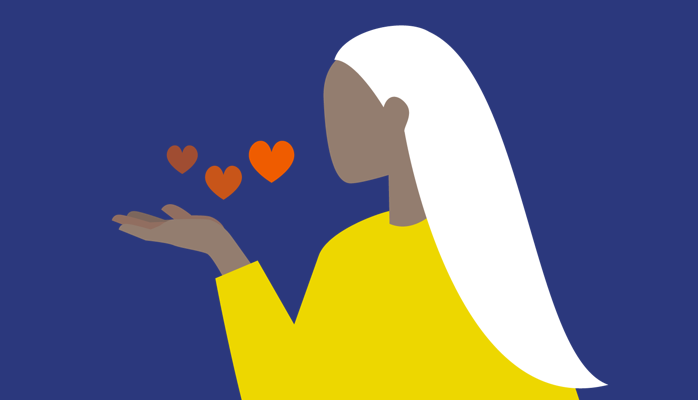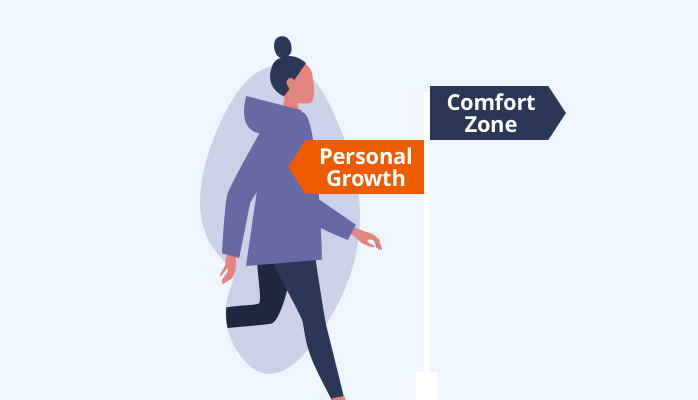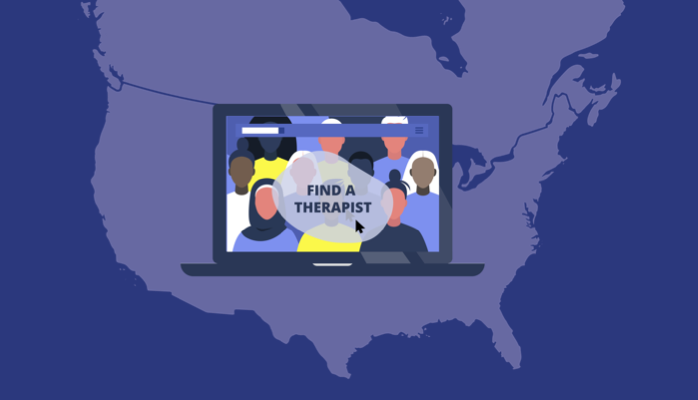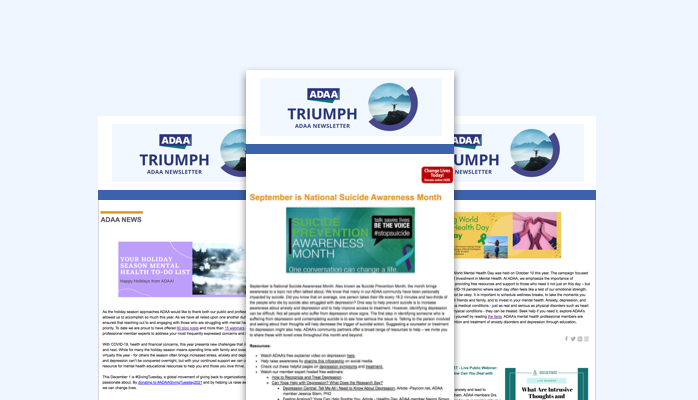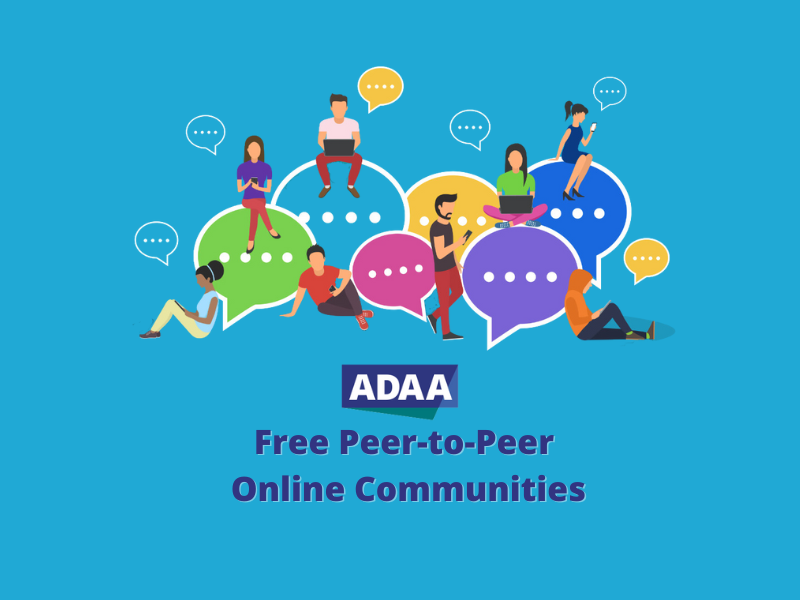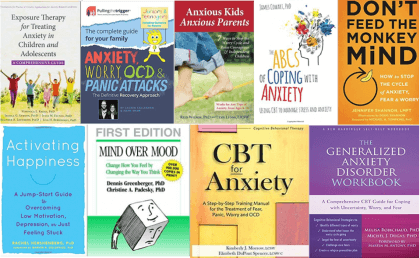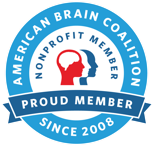A Journey of Hope and Healing: How the Anxiety and Depression Association of America (ADAA) Has Supported Me
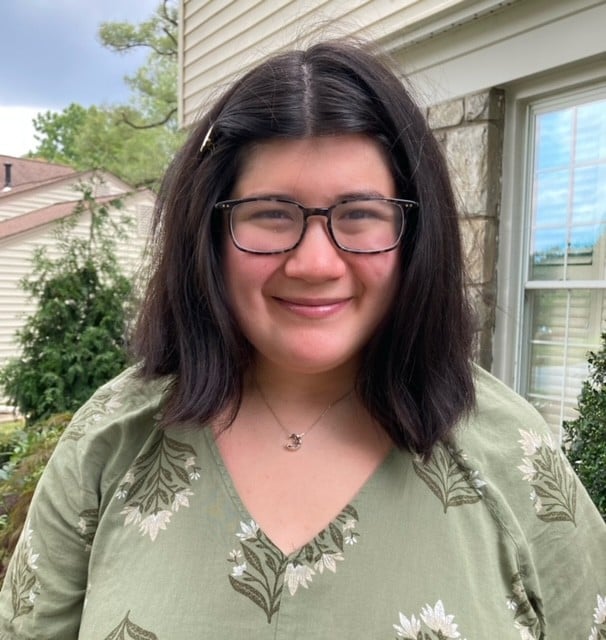
On my 21st birthday, I spent the day in a psychiatric hospital, receiving the life-changing diagnosis of bipolar II disorder. At the time, I felt an overwhelming sense of hopelessness and fear. The thought of celebrating my life or looking forward to brighter days seemed unimaginable. I vividly recall the hospital social worker wishing me a happy birthday as I walked to my room after a therapy session. Internally, I wondered why she even bothered. After receiving my diagnosis, I was convinced that my life would never be the same, and I doubted I would ever have a happy birthday again. Thankfully, I was wrong. If I could speak to my 21-year-old self, I’d tell her to never give up hope.
Before my hospitalization, I had already experienced many signs of anxiety and depression throughout my teenage years, though I had normalized them so much that I didn’t recognize the gravity of the situation. By the time I entered a depressive phase in college, I stopped attending classes, isolated myself, and neglected my physical and mental health. During this period, I barely ate, slept excessively, and withdrew from everyone around me. When I did eat, it was unhealthy food, which only worsened my physical health. When my hypomanic phase hit, my behavior became erratic, and I put considerable strain on my relationships, particularly with those closest to me. Though I don't remember all the details of my hypomanic episode, I know I wasn’t acting like myself, and the consequences were deeply felt by my loved ones.
Hospitalization is a topic that many approach with caution, but for me, it marked the beginning of my recovery. The hospital provided me with a safe space to process my emotions and helped me get on the right medication for managing bipolar II disorder. I also received consistent therapy and psychiatric care. Being surrounded by a community of people who truly understood what I was going through was transformative. It was in that environment that I learned I wasn’t alone, and I began to believe that recovery was possible.
While I am not yet fully “recovered,” I’ve come to understand that recovery from bipolar disorder isn’t linear. It’s a cyclical illness, and I know I will face periods of depression and hypomania again. I recently experienced another episode this past fall, but I’ve worked hard in therapy to not just survive but thrive while living with bipolar. One of the most effective tools in my therapy journey has been Cognitive Behavioral Therapy (CBT), which resonates deeply with me. Although we tried Dialectical Behavioral Therapy (DBT) skills, CBT proved to be the most helpful in managing my symptoms. One key aspect of CBT that I’ve struggled with is discounting the positive—focusing on negative events while downplaying or ignoring the good. Challenging these cognitive distortions has been instrumental in improving my mindset, but I’ve also found other CBT techniques, such as behavioral activation and grounding exercises, to be immensely helpful.
In addition to therapy, I’ve been focusing on journaling and mood tracking as tools for managing my mental health. Writing my thoughts down is a powerful way to clear my mind and process my emotions. Journaling before therapy sessions has helped me make the most of the time I spend with my therapist, allowing us to focus on specific issues that need attention. Though I haven’t yet fully embraced mood tracking, my therapist and psychiatrist believe it will help me gain a deeper understanding of my emotional patterns, which I hope will be beneficial in the long term.
Finding support and resources has been a crucial part of my healing journey. Initially, I found community within my local National Alliance on Mental Illness (NAMI) chapter, which helped me connect with others facing similar struggles. Over time, I expanded my support network, including my work as an author for bphope by Everyday Health magazine, the largest publication for those living with bipolar disorder. This opportunity has been deeply meaningful, as it allows me to share my experiences and contribute to a community that provides hope and resources for others.
One resource that has greatly contributed to my understanding and coping with anxiety and depression is the Anxiety and Depression Association of America (ADAA) website. ADAA offers a lot of information, from self-help tools to therapist directories, that has been invaluable in my recovery. Through their resources, I’ve gained a greater understanding of my mental health challenges. ADAA also offers a community where individuals like me can find hope, knowing we are not alone in our struggles.
I chose to submit my story to ADAA because I believe in the power of sharing personal experiences to inspire others. I felt isolated and unsure if anyone truly understood what I was going through. I discovered that connecting with others was one of the most healing parts of my journey. By submitting my story, I wanted to offer a perspective that recovery is not only possible, but often involves setbacks. I wanted to provide a real-life example of how resources make a significant impact in managing mental health.
In conclusion, my journey with bipolar II disorder has been difficult, but I’ve learned that recovery is possible with the right resources and outlook. ADAA’s resources have been a part of my healing process, providing education and support as I navigate living well with bipolar II disorder. Today, I can celebrate my life again, with genuine hope for what’s next.
- Share Your Story and Voice and Help #breakthestigma Around Mental Health
- Support ADAA's Mission - Every Gift Makes an Impact
- Join an ADAA Online Peer to Peer Support Community
- ADAA Find Your Therapist


